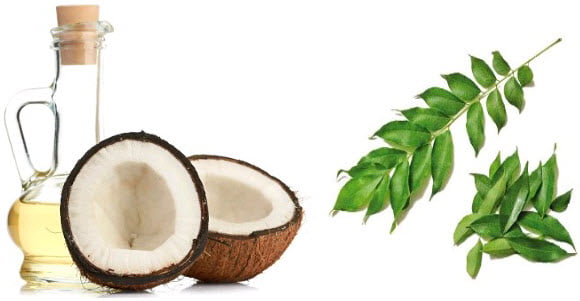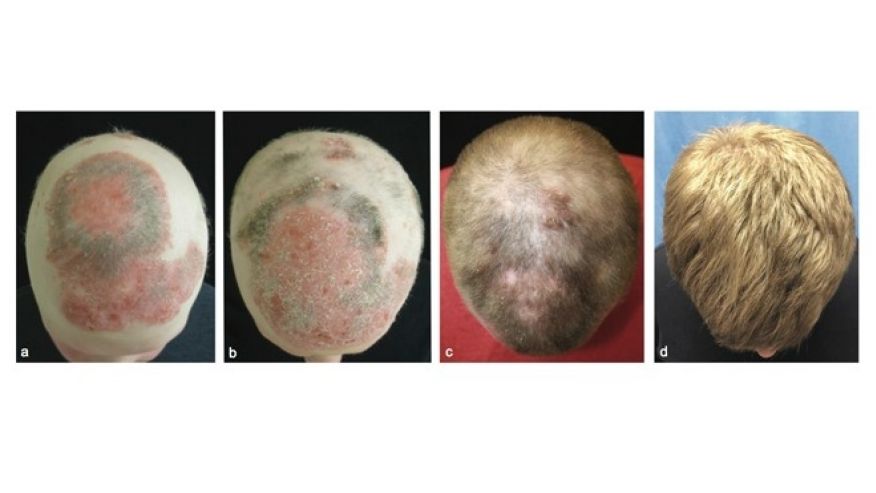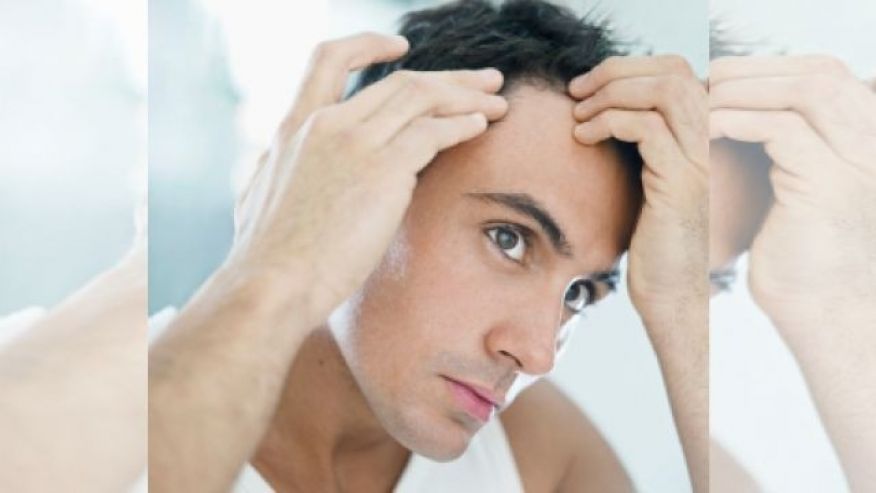
So you’re going on holiday and you’ve been diligently moisturising your skin for weeks now ahead of its inevitable (but safe, thank you Factor 50) exposure to the sun.
You hop on a flight, hop off the other end… and realise that your skin now resembles sandpaper it’s so dry. That, and you’re sporting a happy cluster of spots on your forehead.
Great.
You’re also exhausted from so little sleep on the flight, and your neck hurts too from the three minutes’ kip you actually did get (when your head momentarily lolled forward at the end of that movie).
In all, not a great way to start a holiday.
But it doesn’t have to be this way. Follow these tips from the experts and your flight dilemmas should soon fly, fly away…
Skin
Dr Sam Bunting, the cosmetic dermatologist who specialises in flawless skin, gives her tips on how to keep your skin hydrated (and spot free) on a flight…
To stop your skin drying out…
Air travel (especially long-haul) wreaks havoc on the skin primarily because of the low humidity of the cabin air, leading to dry, tight skin.
This means it’s incredibly important to carry the right products to combat these issues. I recommend that once on board, you remove your make-up. This ensures that your leave-on products can penetrate and help preserve skin barrier function.
The best type of cleanser is a non-foaming, non-comdeogenic one. A micellar water is really convenient when a proper water-based cleanse is tricky. I like the classic Bioderma Sensibio Micellar Water.
It is helpful to boost your water intake and avoid dehydrators like alcohol and caffeine – but in order to boost skin hydration you must also reduce water loss from the skin by applying moisturiser.
One of my favourites is Obagi Hydrate – truly awesome for surviving flights. I suggest reapplying hourly – check skin regularly and reapply if skin doesn’t feel moist to touch.
To prevent a breakout after a flight…
In addition to the causes referenced above, the stress of air travel, with impaired sleep, poor-quality food and switching time-zones adds to the mix. This can lead to breakouts in the ‘U’ of the face.
If you’re spot-prone take an appropriate anti-blemish treatment containing 2% salicylic acid or 2.5% benzoyl peroxide.
If you’re using a retinoid as part of a blemish-prevention strategy, keep it going if you’re on a night flight.
For further travel beauty tips, visit Dr Sam Bunting’s You Tube channel
Body
Lee Mullins, founder of Workshop Gymnasium at the Bulgari Hotel (and trainer to the stars) reveals his tips for sleeping and releasing neck tension…
To get to sleep in economy…
Before you fly, figure out if you sleep on your right or left, then try and pre-select a window seat that matches the side you sleep on.
When on the flight, recline the chair as much as possible, this will help lower pressure on your spine.
Place a rolled-up blanket or your carry-on bag under your feet to help raise your feet and reduce the pressure on your lower back.
If you don’t manage to get to sleep…
I would suggest getting up every 30 – 60 minutes to walk around.*
[*Moving around can decrease your risk of Deep Vein Thrombosis, so it’s important to keep moving!]
To release tension in your neck and shoulders on a flight…
One of the most effective suggestions is to practice diaphragmatic breathing.
You can do this by taking a deep breath through your nose for 4 seconds, so that your tummy expands. Then hold your breath for another 4 seconds, before exhaling through your nose for 4 seconds.
This is a great technique for relaxing the body, decreasing tension in the neck and shoulders and calming the body to make it easier to fall asleep.
[“source-lifestyle”]


















